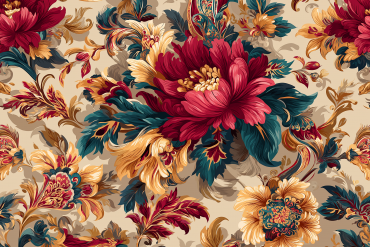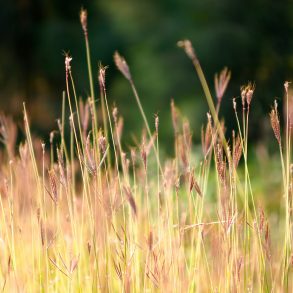Starting your surface pattern design portfolio website feels overwhelming when you’re staring at a blank page. The good news? You don’t need hundreds of textile designs to launch a successful portfolio that attracts clients and licensing opportunities.
The Magic Number: Quality Over Quantity in Pattern Design
Contrary to what many surface pattern designers believe, you don’t need an enormous collection before launching your portfolio website. Focus on showcasing your strongest work rather than filling pages with mediocre designs.
For most textile design portfolios, I recommend starting with:
- 3 cohesive collections (minimum)
- 9 individual patterns across those collections
- Quality artwork that truly represents your unique style
The only exception might be if you’re specifically targeting traditional art licensing agents, who sometimes prefer seeing extensive catalogs. Otherwise, studios and freelance clients value strong, focused presentations over overwhelming galleries.
Essential Portfolio Website Strategy for Pattern Designers
When developing your surface design portfolio website, two critical factors determine your success:
First, showcase work you absolutely love. If you’re not excited about displaying a pattern, your visitors won’t be excited to license it. Your passion shows through every design element.
Second, ensure authentic style representation. Your portfolio should feel cohesively “you” – whether that’s botanical watercolors, geometric repeats, or whimsical illustrations. If your current work doesn’t reflect your true artistic voice, invest time in creative exploration before launching your marketing efforts.
The Power of Private Portfolio Areas for Surface Designers
Here’s a game-changing strategy many textile designers overlook: create a password-protected section alongside your public portfolio.
Benefits of Private Portfolio Sections:
Enhanced Copyright Protection: While no system is foolproof, password protection adds a layer of security against design theft, which is a real concern in the surface pattern industry.
Client Relationship Building: Visitors who request portfolio access are serious prospects. This creates natural touchpoints for understanding client needs and market demands.
Expanded Market Reach: Some buyers, particularly larger studios and manufacturers, prefer licensing artwork that hasn’t been publicly displayed. A private portfolio caters to these exclusive markets while still maintaining public visibility.
When to Launch Your Surface Pattern Design Website
Don’t wait for perfection. Launch when you’re genuinely excited about your work and ready to share your artistic voice with the textile design community.
The marketplace becomes your best teacher. Real client feedback reveals which patterns resonate, what styles are in demand, and how to position your work effectively. You’ll learn more from three months of active portfolio promotion than years of isolated studio work.
Building Your Pattern Design Business Foundation
Your portfolio website isn’t just a gallery, it’s your business foundation. Start with strong collections that showcase your range within a cohesive style, then expand strategically based on client response and market feedback.
Remember, successful surface pattern designers aren’t those with the most designs – they’re the ones who consistently create work that solves problems for their clients, whether that’s fresh florals for spring collections or innovative geometrics for home decor lines.
Ready to build your portfolio? Focus on developing those three killer collections first. Quality, cohesion, and authentic style will take you further than quantity ever could.
Need help organizing your surface design portfolio? Download our comprehensive Portfolio Development Guide Checklist to ensure you’re including all the essential elements for textile design success.













